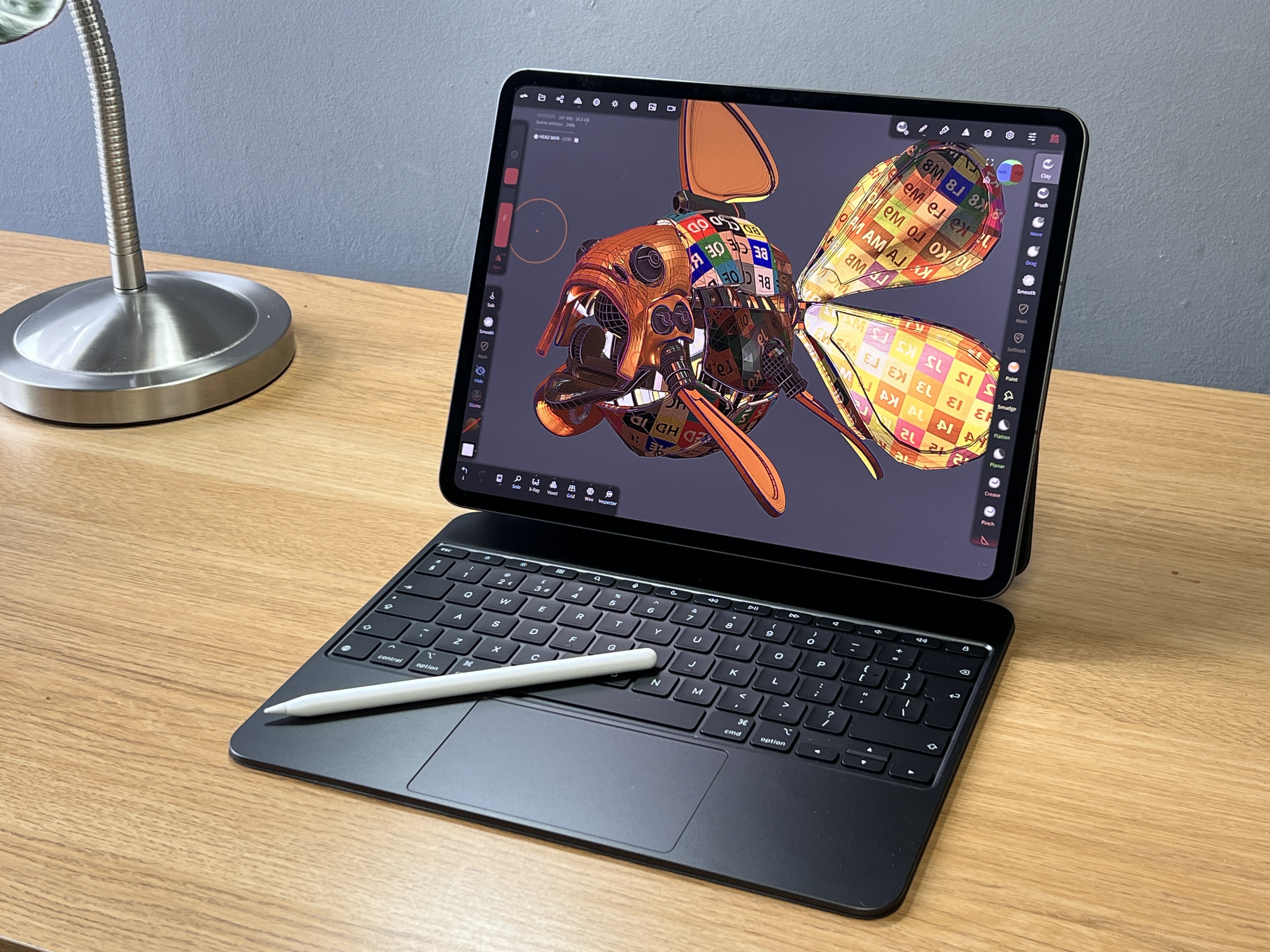
Another year, another iPad update, and this time Apple skipped the M3 chip and opted to go up to the newer M4 and in their own words this machine ‘delivers outrageous performance for pro workflows and all-day battery life’. There were several well-placed rumours that they would skip the M3 and adopt the M4 and feature the neural engine which gives some level of future-proofing with planned AI capabilities just around the corner. And sure enough, they released the ultra-fast M4. The iPad Pro feels like an unnecessary upgrade in most cases with few apps able to utilize that level of raw processing power. Are we about to see a new wave of software capable of using the new M4 and its neural engine capabilities?
After spending months with my fingers crossed for a 16-inch iPad, Apple released an M4-based iPad Pro, an M2-based iPad Air and the new Apple Pencil Pro all at once. I didn’t get my wish but these new shiny machines are being touted as magical additions to the iPad range with new screen technology, lots of new Pencil features and even the new cases and folios getting a bit of an upgrade. I am a professional 2D and 3D artist and I use iPads daily with a wide range of creative apps covering painting, drawing, sculpting, 3D modelling and even video editing. I took the highest spec machines and their new cases for spin hammering them over a couple of weeks to see if they were a worthy successor to the M1 and M2 machines of recent years.
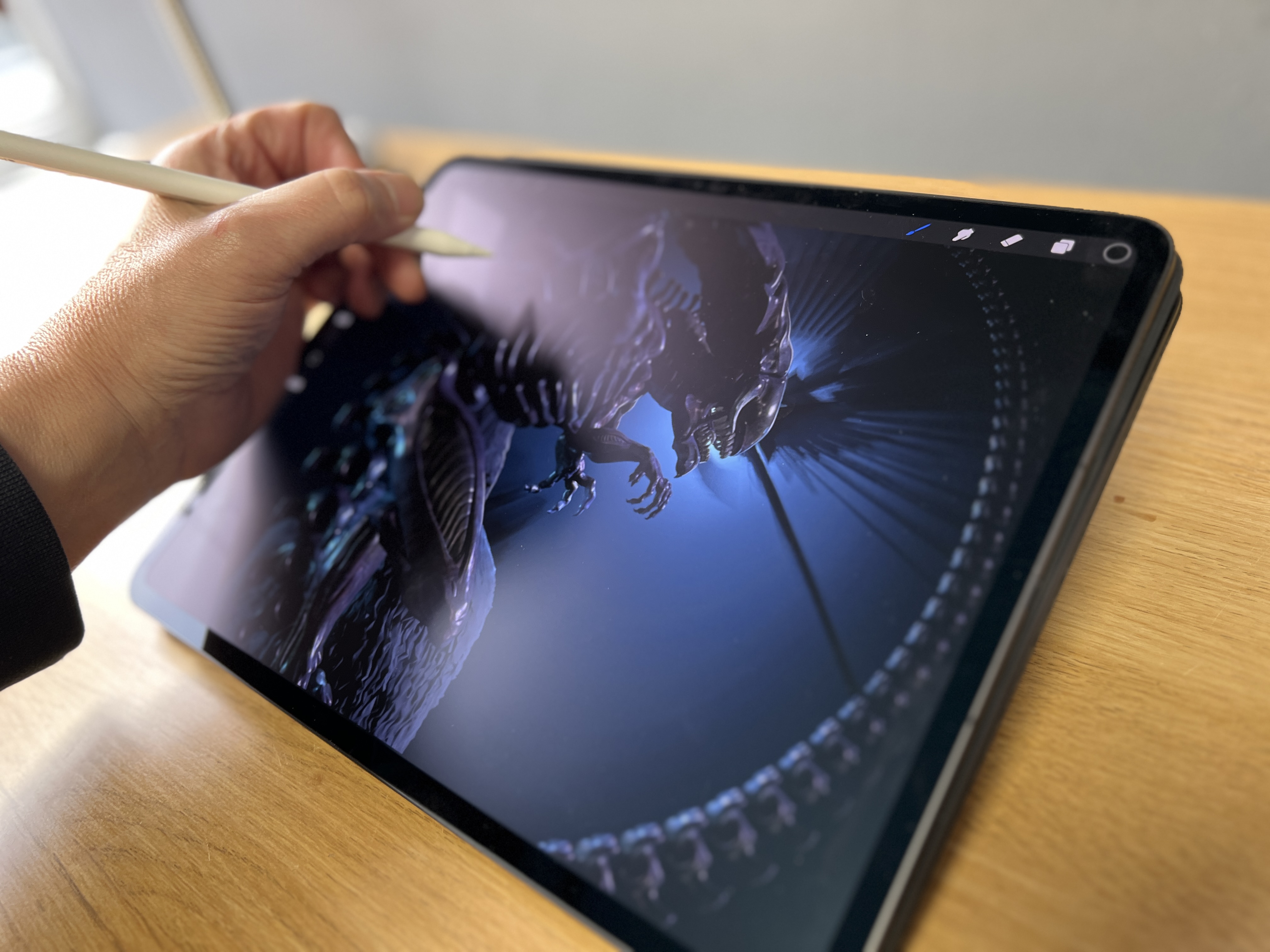
Apple iPad Pro (M4, 2024): Key specifications
Design and screen
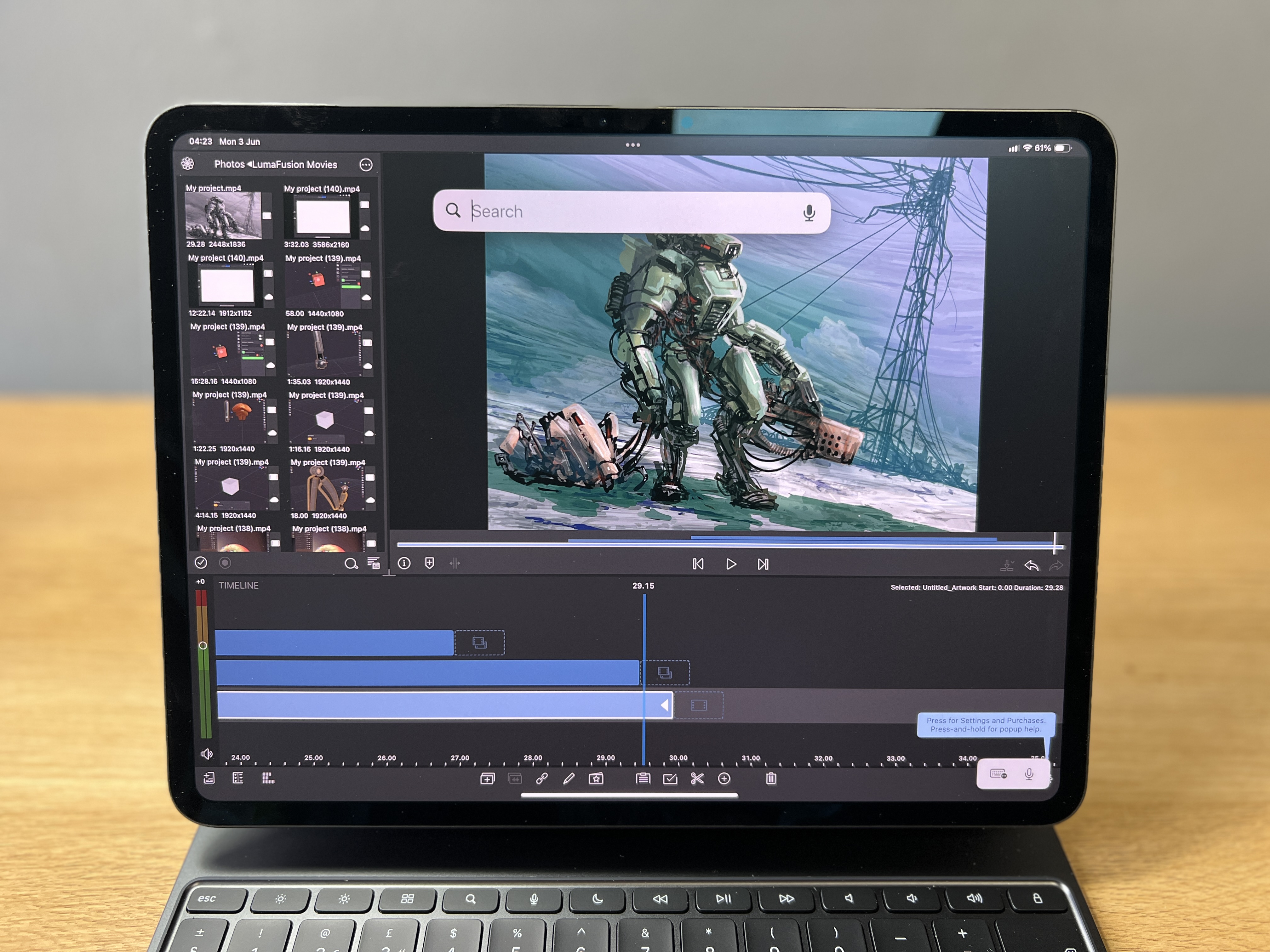
So a quick look around the body and the first thing that grabs you is that this thing is thin! It's the thinnest iPad they’ve made at a tiny 5.1mm. It makes my iPhone 13 Pro look chunky. I used this model for over a week and out of the case it feels great, lightweight, and well balanced. However, at these prices I never use an iPad out of the case so for me, a jobbing artist, the 5.1mm is lost a little.
It has four speakers as in previous models and they sound amazing. I didn't test them beyond playing some YouTube videos and a little Apple Music as my review focussed on using the device for art-related tasks. Same with the camera, Apple has given this machine the 12MP wide camera with an f/1.8 lens, a true-depth 12MP ultrawide with an f/2.4 aperture for the fancy portrait and bokeh effect. I did a few shots and it felt pretty much the same as my 2021 camera setup. More than I would need in most cases as other than for reference work I don’t really use the iPad camera. The lidar worked well and it’s certainly faster than my 2021 M1 iPad. Great for AR work and maybe this chip and neural engine is helping there.
The 13-inch Ultra Retina XDR display introduces breakthrough tandem OLED technology and it is a very nice experience. The 13” has a screen res of 2752x2064-pixel resolution at 264 pixels per inch
If you invest in the new Apple Pencil Pro (which only works with these newer models) you get to experience things like ‘hover’ where the Pencil activates before you touch the nib to the glass. It’s been around on a Wacom Cintiq for years but it’s nice to see it on a standalone device like an iPad. The screen is bright and the contrast was outstanding, giving true black in everything I tested it on and the specs state 2,000,000:1 ratio. Hard to test but I was impressed. The big upgrade for me is the reflectivity which is significantly better than on previous models. The older ones reflect like normal glass, these have a more premium look than anything before it. This is mostly down to the new nano-texture glass option, where Apple is aiming at colour-managed workflows and for those more demanding lighting environments.
Using the iPad Pro as a creative tool
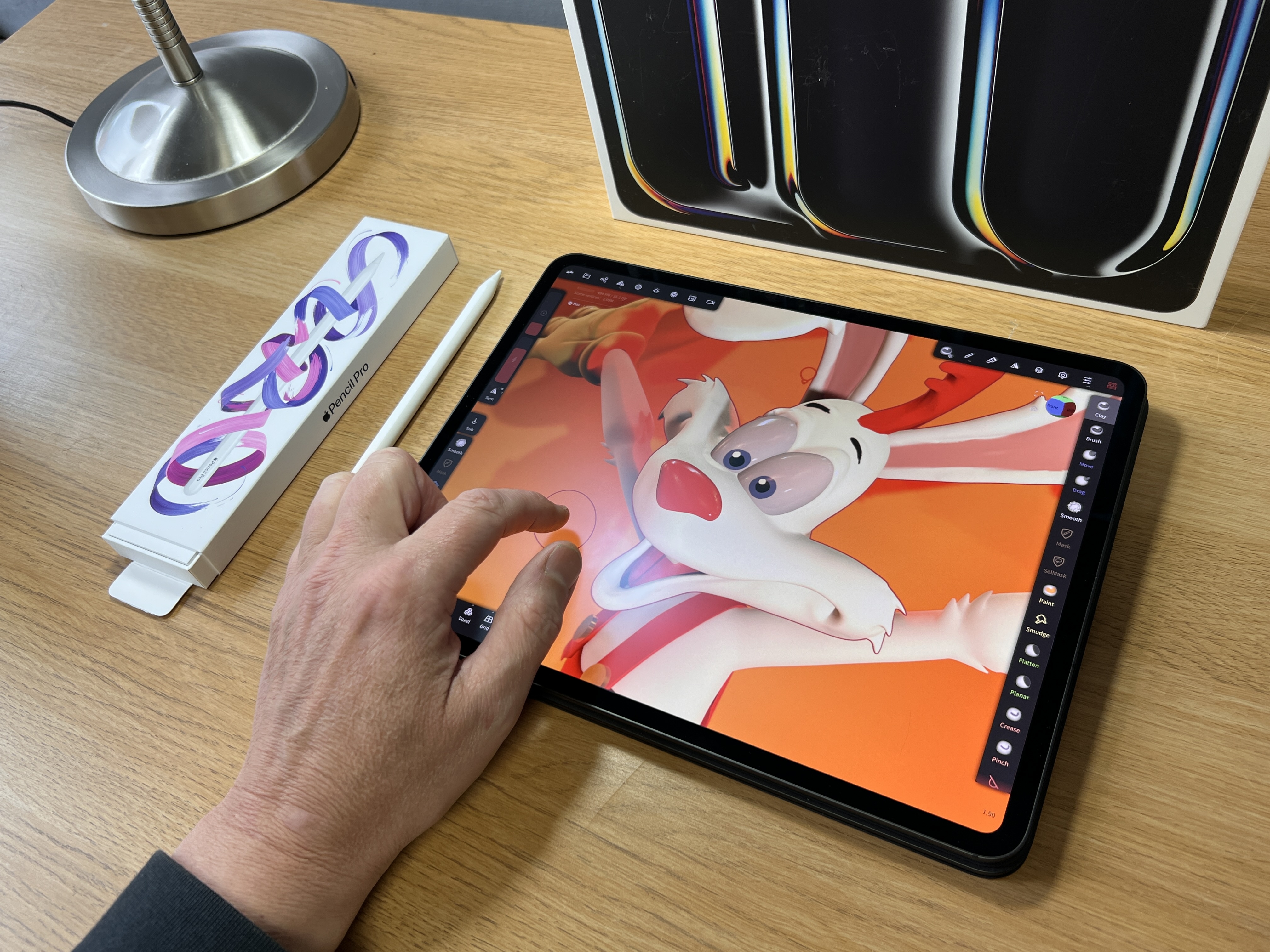
For this review, I switched out my 2021 16GB M1 iPad for the latest 16GB iPad Pro M4. I tested it with a wide range of creative software split into 2D, 3D and editing. That meant a drawing and painting package, a sculpting and modelling app and a video-editing suite. I also used the new Apple Pencil Pro.
For drawing and painting, I tested Clip Studio Paint and Procreate and had a quick go with Apple's own Freeform. I can report that there was no perceptible difference in latency, brush performance, size of canvas or number of layers. I could not tell the difference between the M1 and M4 experience in any drawing app. The lack of glare is nice, and the contrast is great, but that's it. An example using the up-to-date Procreate app at the time of writing: I created a new canvas at 10,000x10,000 pixels at 300DPI and that gave me a maximum amount of layers of 14. That’s the same as my M1. Either Procreate isn’t yet fully using all the power of the newer iPads (which I think might be the case) or the 2D experience isn’t going to be that much enhanced with all the extra power. I drew and painted for a full week and had the same experience I’ve been having since the first M1 was released.
3D was a little different. I tried the Forger app from Maxon, Nomad Sculpt, Valence 3D app and Cozy Blanket for retopology. All apps performed admirably in all scenarios. Basic modelling where we move points, edges and vertices around rather than manipulating digital clay was no different to the early iPad models. Digital sculpting was fairly similar until I pushed into the higher polygon counts (20,000,000+) and I felt that the M4 started to show its power. Things like remeshing and retopology were faster and I think taking advantage of the better floating-point performance of the M4. With Nomad Sculpt I pushed the post-processing features to their max including maximum samples, global illumination, and depth of field (everything actually). With a 20-million-polygon dinosaur and everything on max, I saw no drop in performance. I added another dinosaur to be a bit brave, making the scene of 40 million polygons and it still performed exceptionally well. One thing that was very apparent at this point was the iPad's temperature. Even with that level of model I still found the iPad body reasonably cool to the touch. Even making the body only 5.1mm deep they haven’t compromised on the heat dissipation.
I chose to try a few different edits in LumaFusion, which pretty much fills the niche of Adobe Premiere on the iPad for me. The big takeaway here was the speed of things that need to use raw processing power. Things like stabilization felt much faster on this model than anything I’ve used before.
Given the Geekbench result, I wasn’t surprised and in some cases, this iPad beats my older MacBook Pro.
Price and availability
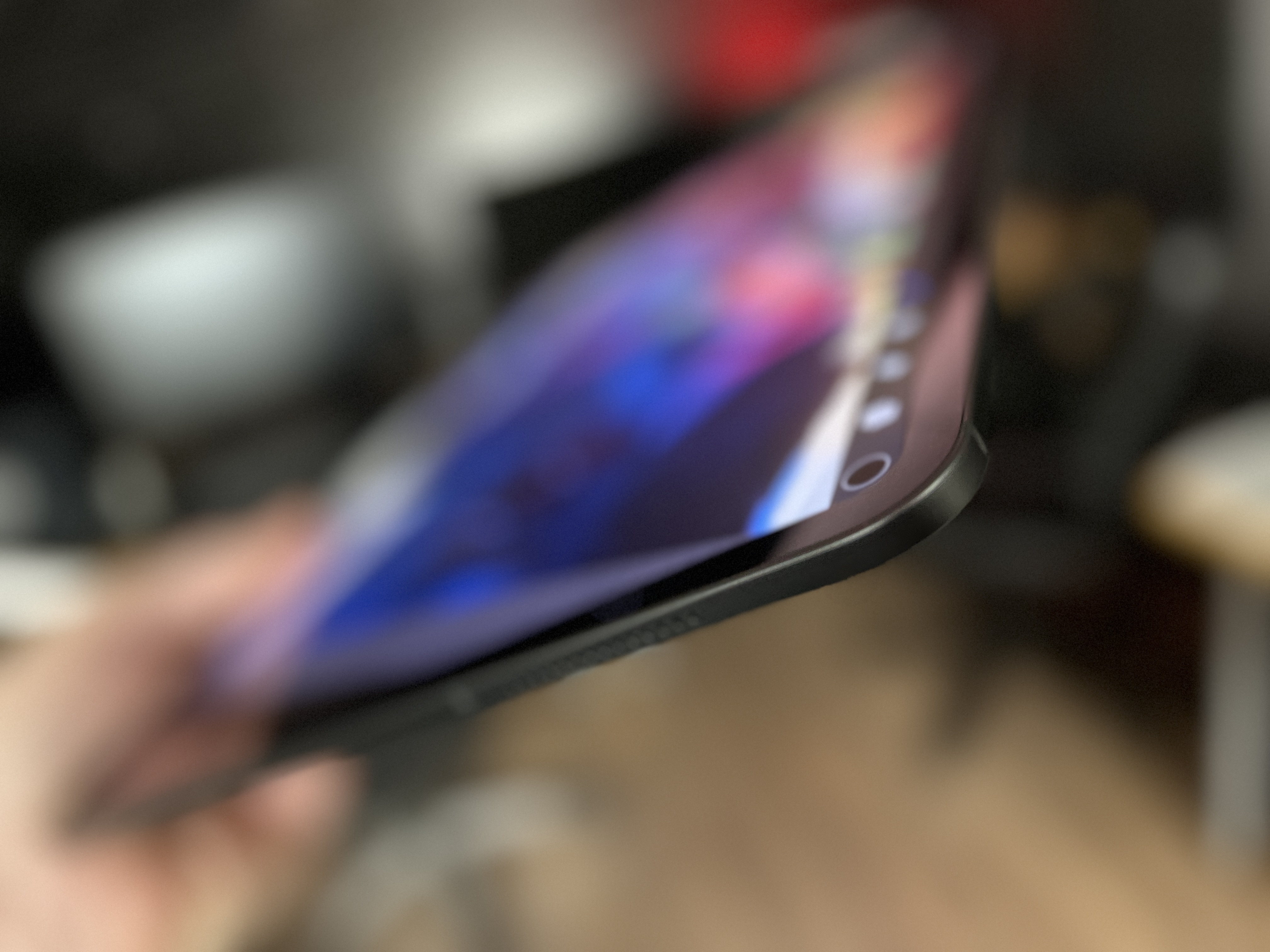
At the time of writing the Apple site lists the iPad Pro from £1,299. If you spec the option up with 2TB of storage, Nano glass for an extra £100, no Apple care or trade in and no keyboard you are into the £2,528 area. Add Apple Care, an Apple Pencil Pro and kiss goodbye to over £3K. All models seem to be available in the UK Apple Store at the time of writing.
Should I buy the iPad Pro (M4, 2024)?
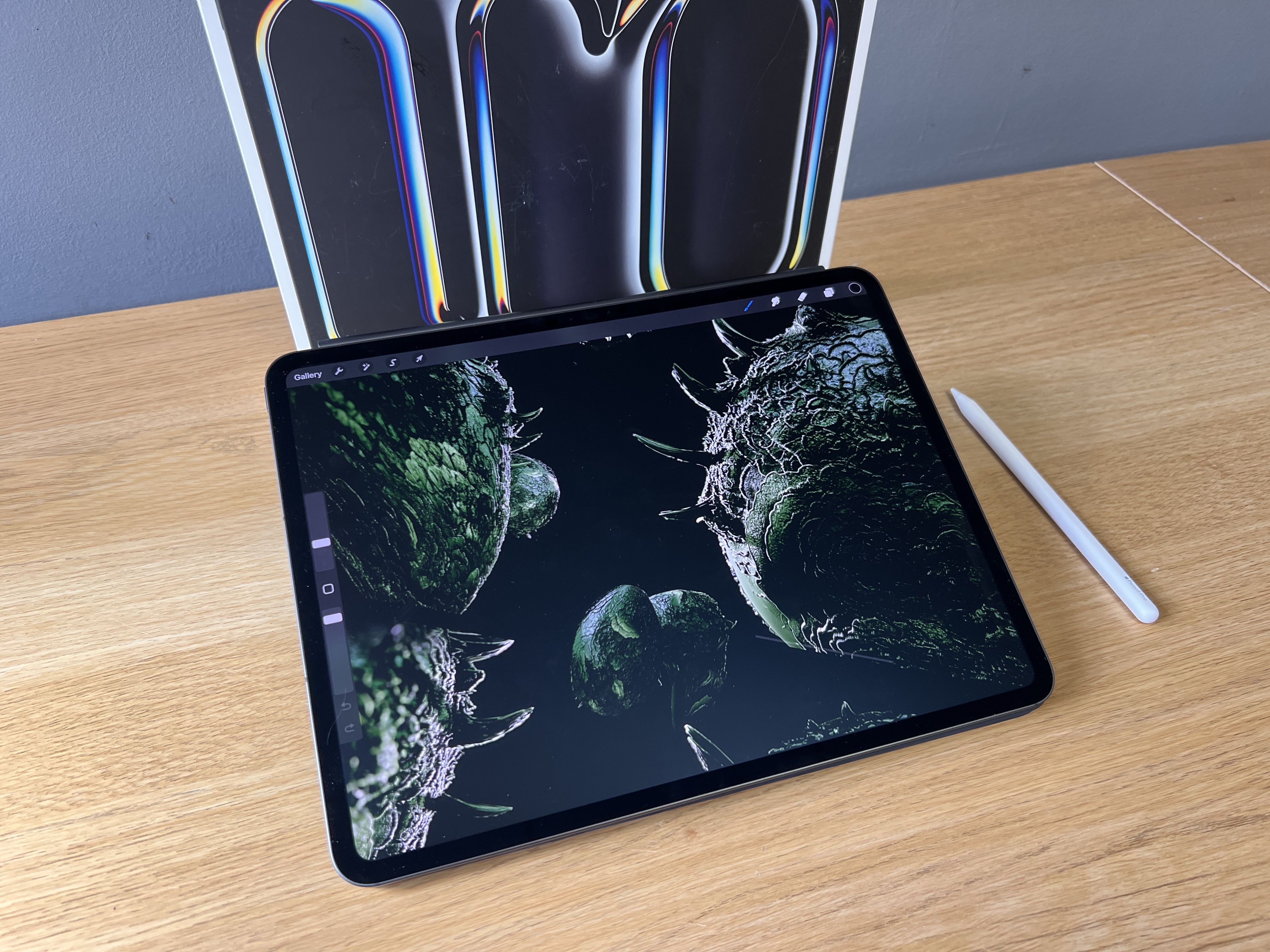
It’s not for everyone and it depends on where you are in your buying cycle and of course what you need it for. If you don’t have an iPad and you want an insanely fast, very well designed and built creative tablet then this is the one for you. There are lots of ‘buts’ coming. Take a look at the 8 GB Apple iPad Air M2 which is the model released at the same time as this one and the new Apple Pencil Pro. That model is cheaper, very capable and can still use the newer pencil. Take time to use the different models in the Apple store as you can save a ton of cash here.
Upgrading is another matter. Don’t. I’m a professional artist and do 2D, 3D, Video recording of tutorials and even full editing on my iPads. This is an impressive machine but at the time of writing, there's nothing groundbreaking enough to make me upgrade at that price point. Too many apps aren’t yet capable of using this much power and even though I love the new screen, the contrast, the brightness, and more, it’s just not worth the upgrade just yet. As new apps are designed to specifically use this new chipset I think the balance will shift and paying that premium price won't bite as hard. Maybe!







